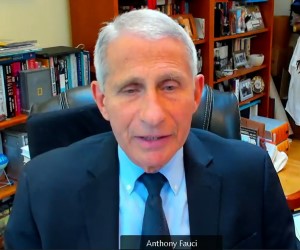Senate HELP committee tussles over additional COVID funding
 APIsBiologics/ biosimilars/ vaccinesBiotechnologyCombination products/companion diagnosticsDiagnostics/IVDsMedical DevicesNorth AmericaOtherPharmaceuticalsRegulatory Intelligence/Policy
APIsBiologics/ biosimilars/ vaccinesBiotechnologyCombination products/companion diagnosticsDiagnostics/IVDsMedical DevicesNorth AmericaOtherPharmaceuticalsRegulatory Intelligence/Policy APIsBiologics/ biosimilars/ vaccinesBiotechnologyCombination products/companion diagnosticsDiagnostics/IVDsMedical DevicesNorth AmericaOtherPharmaceuticalsRegulatory Intelligence/Policy
APIsBiologics/ biosimilars/ vaccinesBiotechnologyCombination products/companion diagnosticsDiagnostics/IVDsMedical DevicesNorth AmericaOtherPharmaceuticalsRegulatory Intelligence/Policy